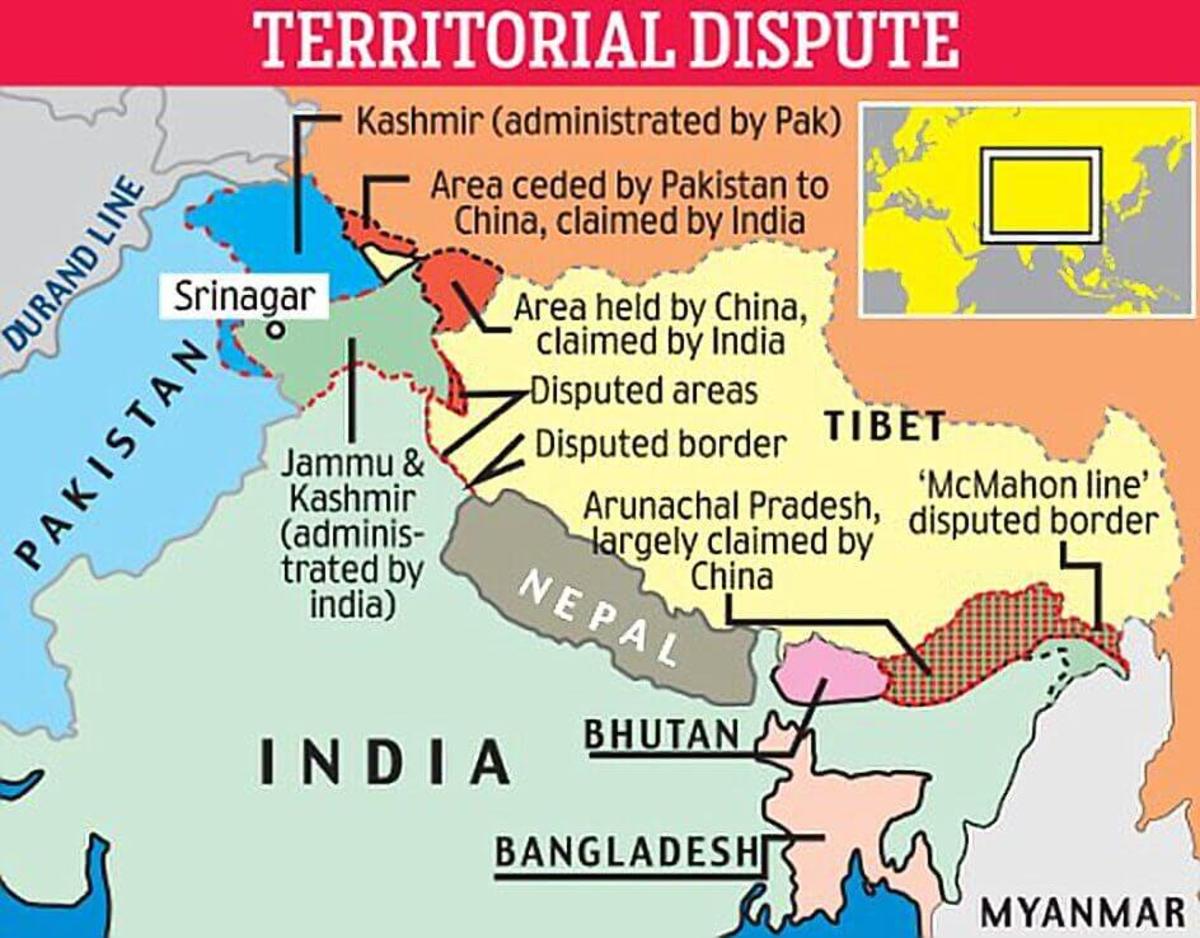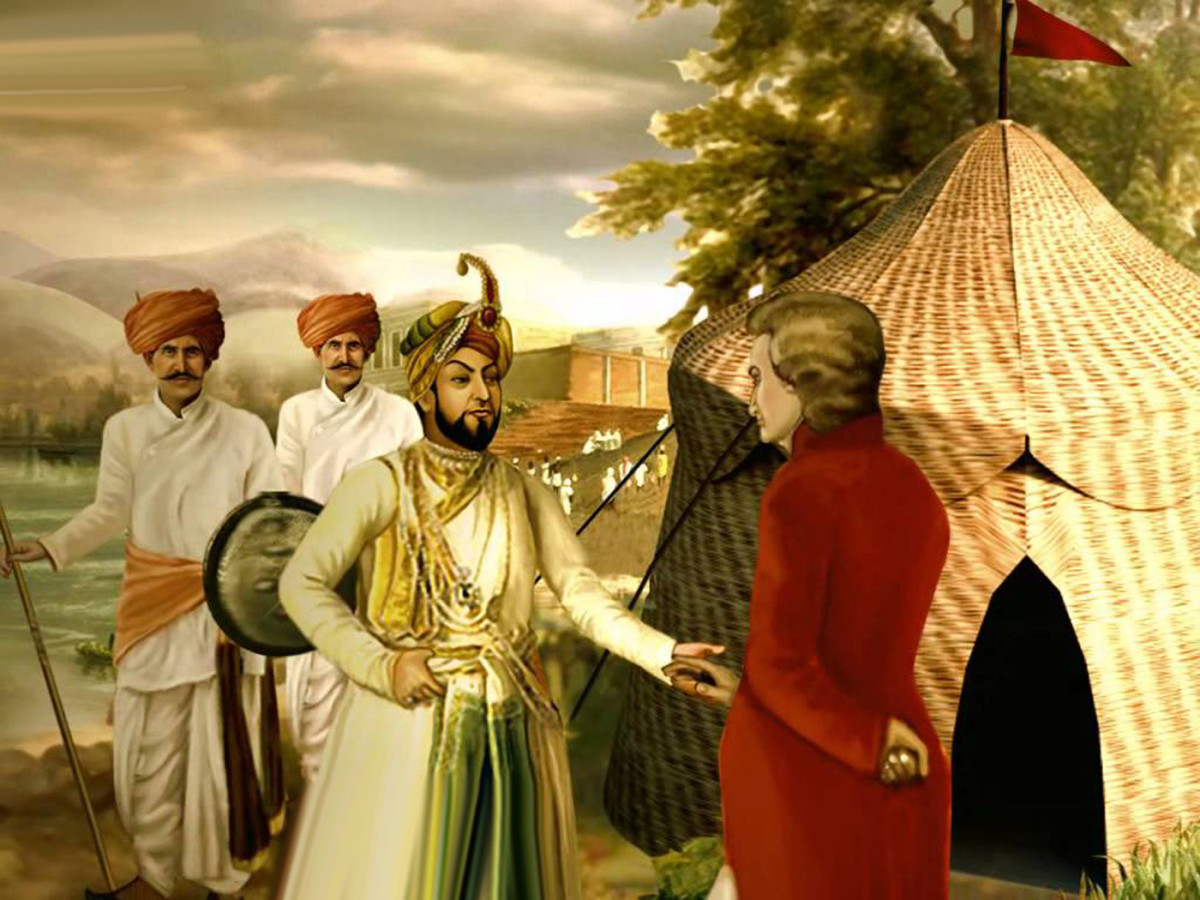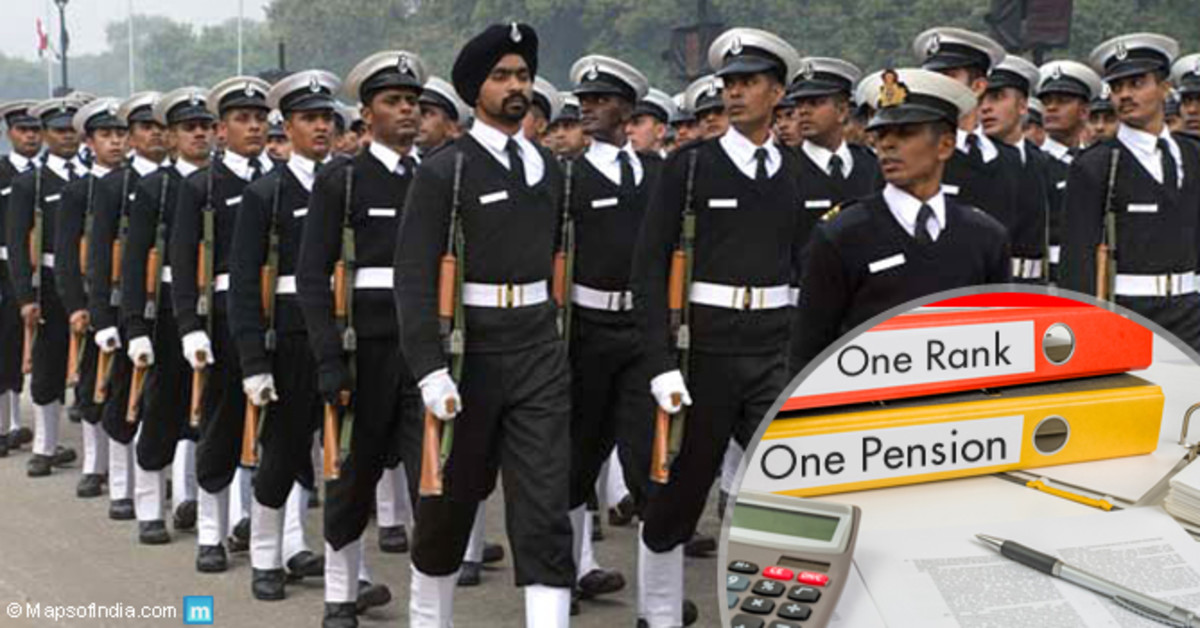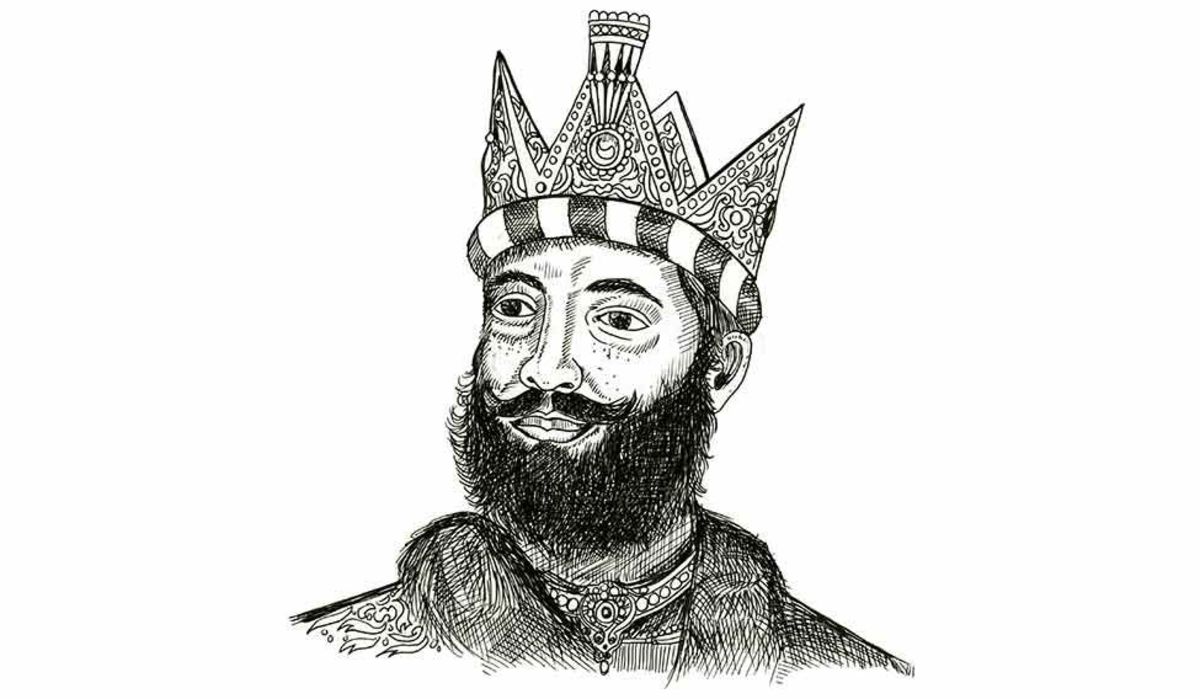The 'Durg' Mentality Still Dominates Indian Political Thought Resulting in India Facing China With One Arm Tied Behind
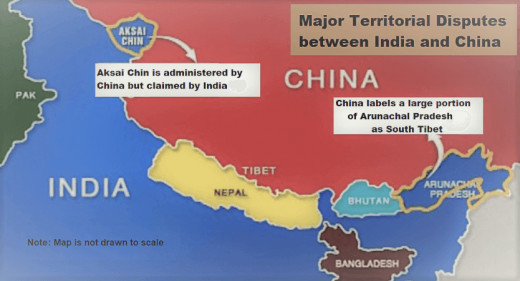
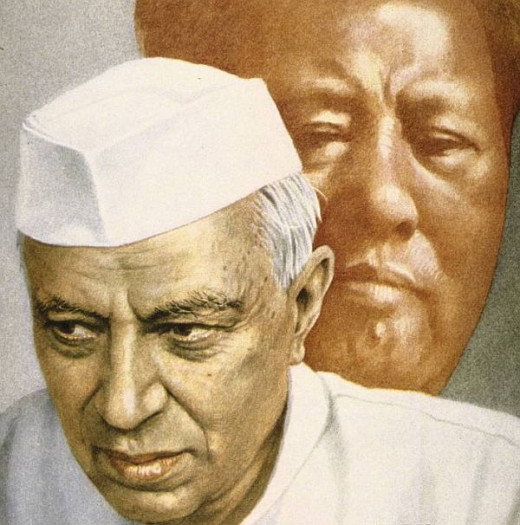
Introduction
There is a lot of discussions all over the world and in particular among Indians that India will be able to face up to China and defend its territory. Everybody talks of defending and nobody talks of offensive action. Clausewitz, in his Principles of War has stated that offense is the best form of defence. There is no record in the military history of the world, of a campaign having been won by just defensive action.
Before I write anything further I will explain what is 'Durg' mentality. Durg in Sanskrit means a fortress. The Durg mentality took root in India because most of the Indian armies of yore had vast numbers of elephant corps. These elephants trained for battle were not conducive to mobile warfare. Thus the elephant corps could not be transported hundreds of miles away, to better the invaders coming into India.
The Indians generals thus planned to meet the enemy at the gates of the city and fight a pitched battle rather than to go hundreds of miles away and catch the invader while he was entering India. This defensive mindset is called the Durg mentality and has been adversely commented upon by Field Marshal Viscount Montgomery in his History of Warfare. Monty writes that the Hindus were tremendously brave but lacked strategic sense as the passes of the northwest frontier were never guarded. Besides the tendency to wait for the enemy to attack was a negative mindset.
There are numerous examples in the history of Indian kings both Hindus and Muslims who kept on waiting in their forts for the advancing enemy. An excellent example is of Tipu Sultan who kept sitting in his fortress of Seringapatnam for more than two months when the Duke of Wellesley was advancing with his army from Madras, replete with camp followers, barbers, and the like.
It is to the credit of the British who ruled India that they brought a different mindset in the subcontinent. In 1903 the British under Brigadier-General YoungHusband entered Lhasa and occupied Tibet. In 1913 they convened a conference at Shimla which was attended by the Chinese and Tibetan representatives. Known as the Shimla agreement a pact at the end, codified the Indo-Tibet border as well as created Tibet as a buffer state between India and China. The Treaty of Lhasa,1904 also gave the British many privileges in Tibet. This is the best example of militant diplomacy backed by military power.
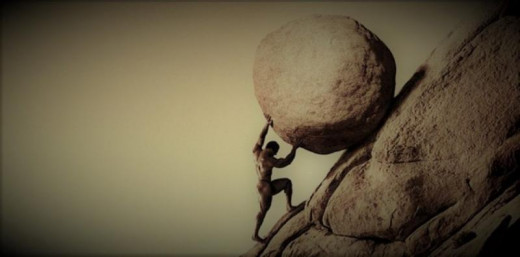
Throwing Away the Fruits of the Raj
Pandit Jawaharlal Nehru became the prime minister of India in 1947 after the lapse of British rule. The Indian Independence Act was passed by the English Parliament and the decks were cleared for an independent India. At that time Nehru inherited the mantle of the number one power in Asia with a battle-hardened army. Japan had been destroyed by two atomic bombs and China was in the throes of a massive civil war between the Communists and the Nationalists led by General Chang Kai Shek.
In 1947, Tibet was a buffer between India and China, and in industry and economic matters, India was ahead of China. India had a motor car, locomotive factory, steel plant, and aircraft factory while in China not even a bicycle was manufactured.
All this was frittered away by Nehru within a decade. There is no point in discussing this now as I have attended to this problem in various other articles. The fact is that Nehru allowed China to conquer Tibet and at the same time he foolishly recognized the suzerainty of China over Tibet. This was not the end and another dreamer Atal Bihari Vajpayee on a visit to Beijing in 2003 accepted Tibet as a part of China which even Nehru had not agreed.
Having accepted Tibet as a part of China, the Indian state gave a platform to China to claim the areas which formed part of the Tibetan Empire centuries earlier. China occupied Aksai Chin and also claimed the entire Arunachal Pradesh as part of greater Tibet.
Despite all these claims, the Indian leadership made no proactive attempt to face China and after the 1962 defeat, the political line was not to antagonize China. While the Chinese were ramping up the infrastructure in Tibet and even built a rail line to Lhasa, the Indian progress in the infrastructure department was extremely tardy on the Indian side of the border. Nobody can explain why even after six decades all the required roads were not built in the region.
Another aspect which I must mention is that for long periods China had more than six times the deployment of Indian troops on the LAC. The Chinese were dominating the LAC and at a number of times, they would infiltrate into Indian territory and then go back. Generally, just like Nehru who kept quiet when Aksai Chin was occupied by China, successive governments always downplayed Chinese intrusions into India.
Narendra Modi became prime minister in 2014 but he also started on the premise that India could befriend China with repeated meetings with Chinese President Xi. Just as Nehru was talking of Hindi- Chini Bhai- Bhai, Modi began to talk of the Wuhan spirit, This was after a summit with President Xi at Wuhan.
Nehru is guilty of throwing away the fruits of the Raj but his successors were no better and suffered from a fear psychosis. The aim was not to antagonize the Dragon with the result no coercive action was taken on the LAC.
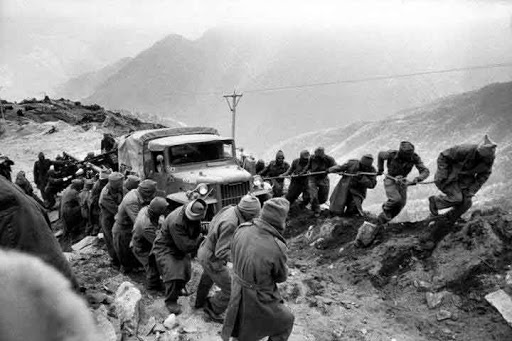
Present Scenario
China has ramped up the tension on the border. It does not recognize Kashmir and Arunachal Pradesh as a part of India and when they issue visa's from these two states they only staple them and don't stamp them on Indian passports.
They do not allow a consulate in Tibet and overall have developed their military industry five times that of India. China is economically much stronger and 1947 is now a dream as per capita income of China is five times of India. China also has manufactured the 5th generation fighter while India is still importing most of its weaponry and has the dubious distinction of being the biggest importer of arms in the world. I have not known of any country in world history which has become a great power by only importing arms.
This is the background of the recent Chinese incursions both on the eastern border and Ladakh. The initiative has been with the Chinese and like ancient times India is only reacting. Sadly there is no proactive plan to collar the Chinese
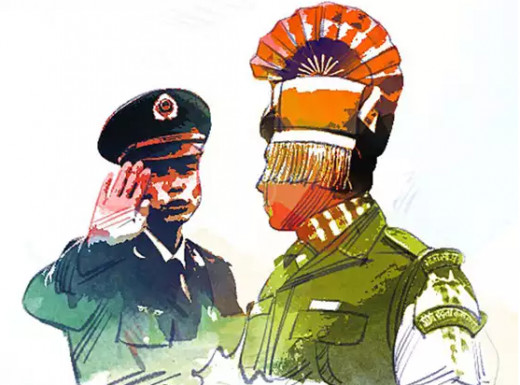
Last word
There has been a change with the advent of Narendra Modi but he also is greatly handicapped and the ills of the last six decades cannot be rectified by him immediately. He has not changed the mindset of decades on China and has to understand that muscle politics which you associate with a world power is missing. We had a sad spectacle of the defence minister talking of friendship and brotherhood with Nepal when the Nepalis have been spitting venom on India. Reminds me during the time of Vajpayee when 15 BSF soldiers were killed by Bangladesh rifles and there was no reaction from India.
The political leadership has to realize that nobody respects a country that cannot stand up on its own. To stand up on its own you have to build up the military and have a mindset that is aggressive. It is a pity that India has not been able to sort out even the Pakistan problem though it is 1/5 the size of India. Talking of a proactive plan to free Tibet is not easy but at the same time, it should be an option.
One wonders why India should always be reacting to China and Pakistan instead of being proactive. Modi has inculcated a different mindset on Pakistan but he will have to similarly catch the Chinese bull by the horns.

